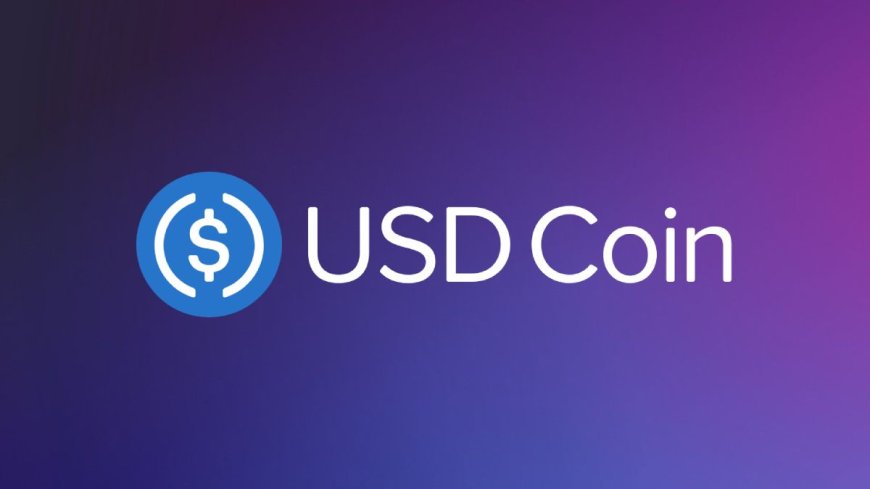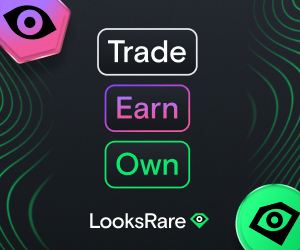USDC is Launching on Multiple Blockchains Including Polygon PoS, Base, and Polkadot
USDC officialy launched on Polygon PoS, Base, Polkadot, NEAR, Optimism, and Cosmos

Circle Internet Financial, the sole manager of USDC (USD Coin), has announced the expansion of the stablecoin's availability to six new blockchains.
This expansion includes Polygon PoS, Base, Polkadot, NEAR, Optimism, and Cosmos via the Noble network.
The decision to broaden the ecosystem of USDC follows recent changes in the relationship between Circle and Coinbase regarding the management of this stablecoin.
One notable change was the disbandment of the Centre Consortium, which had governed USDC since its establishment in 2018.
Additionally, Coinbase acquired a stake in Circle as part of this reorganization.
Previously, USDC was available on several prominent blockchains, including Ethereum, Avalanche, Arbitrum, Stellar, Algorand, Tron, Flow, Solana, and Hedera. This expansion to more blockchains is expected to bolster the adoption of USDC and make it even more accessible to users across various ecosystems.
What is USDC coin (USDC)?
USD Coin (USDC) is a digital currency that offers a unique proposition in the world of cryptocurrencies: stability. Unlike cryptocurrencies such as Bitcoin and Ethereum, which are known for their price volatility, USDC is designed to maintain a stable value. This stability is achieved by pegging the value of one USDC coin directly to one U.S. dollar, establishing a fixed 1:1 ratio.
USDC Market Share and Competition
While USDC has maintained a solid presence in the stablecoin market, it has faced increasing competition. Tether, the world's largest stablecoin, has been consolidating its dominance in this space. Furthermore, tech giant PayPal has also introduced its own stablecoin, adding another layer of competition.
However, it's worth noting that the influence of Coinbase and Circle on users' preferences for stablecoins may be limited. Avivah Litan, a senior blockchain industry analyst with Gartner, believes that expanding to more protocols may not necessarily change users' behaviors. She points out that money is currently flowing out of certain blockchains, and simply offering support for additional blockchains may not reverse this trend.
In a landscape where stablecoins play an increasingly vital role in facilitating crypto transactions, the competition is fierce. USDC's decision to extend its presence to these new blockchains signals its commitment to remaining a prominent player in the market. The cryptocurrency community will be closely watching how this move impacts the stablecoin's adoption and market share in the coming months.
As the crypto industry continues to evolve, stablecoins like USDC serve as essential tools for traders and investors, providing a stable value to anchor their activities within the volatile crypto market. The addition of USDC to these new blockchains is seen as a step toward expanding its utility and making it more versatile for users in various blockchain ecosystems.
This expansion also highlights the ongoing collaboration and innovation within the crypto industry, as blockchain projects work together to offer users a wider range of options and opportunities. The addition of USDC to these new blockchains not only benefits the stablecoin but also enhances the capabilities of the blockchains themselves.
In conclusion, USDC's expansion to Polygon PoS, Base, Polkadot, NEAR, Optimism, and Cosmos via the Noble network is a significant development in the world of stablecoins and blockchain interoperability. While competition is fierce in this space, USDC's move demonstrates its commitment to remaining a versatile and widely adopted stablecoin in the crypto market.










